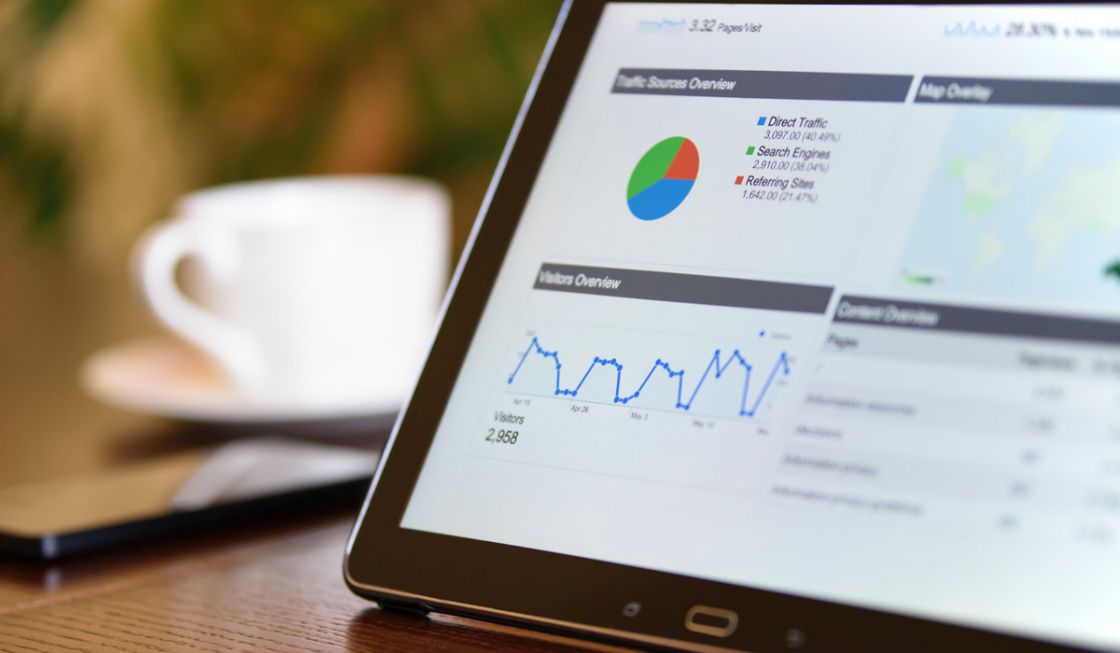Personalisation and data-driven marketing

Data-driven marketing is a process by which marketing teams determine behaviours and predict trends using information obtained from activities generated from their omnichannel strategy. The goal of data-driven marketing is to optimise processes. By accessing data on purchasing patterns and interests, you can predict changing trends and unique demands, as well as gain a more in-depth insight into what customers want.
When brands fully understand who, what, where, when, and why consumers engage in their promotional activities, they can make better decisions and meet the needs of specific audience segments in a personalised way. This data is collected at every touchpoint, at every stage of the user journey considering buying patterns, demographic, engagement, and then analysed to determine markers of success. Data-driven marketing is gaining popularity in large part due to its proven ability to maximise ROI.
Benefits of data-driven marketing
Many brands turn to data-driven marketing to improve audience segmentation. With the right data, brands can know exactly who participates in their marketing efforts through which channels, and even what time of day they are active and from what device. This can help brands laser-focus their marketing efforts on the right media at the most effective times.
Data-driven marketing also allows marketers to analyse the types of messages and offers that consumers respond best to, often analysed through A / B testing. This will enable marketers to focus their efforts on actions. That will provide a higher ROI, and that is an excellent value for the consumer.
Data has the potential to be your most valuable marketing resource. With the right information in hand, you can create scalable and repeatable marketing processes. However, the challenge is that few marketers have the experience to work with data effectively. You may never have taken a course in statistics. You may not have access to the data visualisation tools.
Data-Driven Marketing Strategies
1.- Use demographics in planning your campaign
Demographic data is one of the easiest aspects to identify in its segments. However, the difference is in knowing how to use these features to differentiate your message and strategy truly. For example, if you try to promote a service or product for a particular segment, knowing your consumption habits will allow you to personalise your message further. Likewise, if you know buying behaviours or interests, they will help you determine which message is more effective. Two women of the same age and living in the same city will not necessarily buy the same product.
2.- Use the trends of one marketing channel to inform another
In this case, it is about understanding how one channel works and applying one of these strategies to another. It is a symbiosis that will positively impact your results. For example, if you analyze your Adwords campaigns and identify keywords with better results, these will undoubtedly be included in your SEO strategy and your copy. Also, if your content strategy shows exceptional results on specific topics, consider including those keywords in your online campaigns. Remember that there is a human being on the other side of your computer screen. They will have perspectives and values that are independent of the channel. Data can help you remember your humanity in your marketing.
3.- Use PPC to get more from your email list
Email, in terms of marketing channels, offers the highest ROI despite what some experts say. So why not give your most influential marketing channels an extra boost, with the help of your other touchpoints? Most companies still focus on sending bulk email to email lists instead of matching them on social media. There is a consistent message across touchpoints that enables you to get a better overall result from your campaign. Those who did not open or did not interact with the email will remember the message when viewing it on social media and will probably decide to take a second look at it.
But it works?
Personalisation is here to stay, and data-driven marketing is the best way to implement it and get it right. Not only does the data applied to a brand’s strategies improve ROI, but also by implementing a more customer-centric approach, they will be more loyal to that brand and more engaged. Here are some statistics that demonstrate the power of data-driven marketing:
- 88% of companies have used data to improve their understanding of each consumer
- 53% said the data has made them more consumer-focused
- 75% have noticed an increasing consumer commitment to data-driven marketing
- Data-driven marketing leaders are 6 times more likely to gain competitive advantage, profitability, and generate new customers
- 92% of executives agree that integrated data between teams is useful in providing relevant offers and interactions that drive better customer service
- 63% of marketers have admitted that their spending on data-driven marketing has grown over the past year
- 59% of marketers say faster decisions are one of the benefits of using data. 80% of marketers agree that data is crucial to the deployment of advertising and marketing efforts


